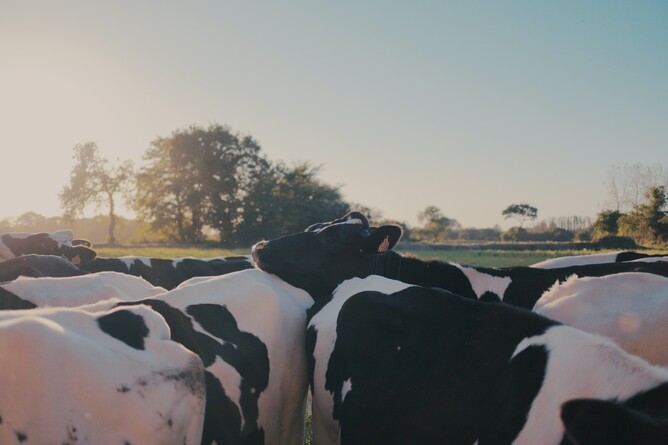The global impact of heat stress on the dairy industry is projected to cost a staggering $50 billion NZD by 2050, accompanied by a remarkable 137% increase in carbon dioxide emissions compared to 2020.
Torsten Hemme, CEO and Founder of IFCN - The Dairy Research Network, revealed these alarming figures during a session at the 2023 World Dairy Summit focused on managing heat stress in dairy cattle. The model used by Hemme's team at IFCN is based on 15 studies from 12 countries and incorporates more parameters than previous methods for analysing heat stress.
The model estimates production loss and CO2 equivalent emissions, providing profiles for farms globally. In 2020, the estimated losses amounted to approximately $22 billion NZD, with tropical countries experiencing more significant impacts than temperate countries. The projections indicate a potential 3% increase in CO2 emissions per herd due to heat stress, with varying impacts across regions, including lower effects in Europe and higher impacts in emerging countries like Brazil, India, Pakistan, China, and Kenya.
By 2050, there could be seven to ten more heat stress days on average worldwide compared to 2020.
The implications of heat stress extend beyond production, affecting health, somatic cell count, reproduction efficiency, lameness, and dry matter intake. The temperature humidity index (THI), a bioclimatic index combining temperature and relative humidity, is widely used to measure heat stress in livestock. Research suggests a THI of 65 as the new threshold for high-producing cows, though challenges exist in accurately determining THI measurements in pasture-based systems.
Analysing the critical milk yield threshold for Holstein Friesian cows in various countries, data from an IDF scientific review indicates that the breakpoint is influenced by latitude, with higher latitudes associated with lower THI values.
Heat stress poses a widespread risk for cows globally, especially in tropical areas, and its severity depends on efforts to reduce greenhouse gas emissions.
Dr. Mario Mondaca Durate emphasised the positive impact of even a slight reduction in heat during his summit presentation, suggesting cooling methods should be employed when temperatures reach 20 degrees Celsius.
Various cooling methods, including ventilation, airspeed manipulation, and water cooling, were discussed. Ventilation effectively removes heat, moisture, and gases, while water cooling, common in New Zealand dairy sheds, creates a cooler environment. The most cost-effective cooling occurs in the yard before milking, with soaking water cooling methods showing benefits in all climates.
Ensuring the well-being of dairy cows and the long-term success of the global dairy industry in a changing climate involves practical steps such as ventilation and water cooling. These strategies are not only crucial for the industry's economic viability but are also essential for keeping cows comfortable and adapting to a warmer world.
The session at the summit emphasised the importance of proactive measures to combat heat stress as a crucial component of ensuring the sustainability and resilience of dairy farming in the face of climate change.

